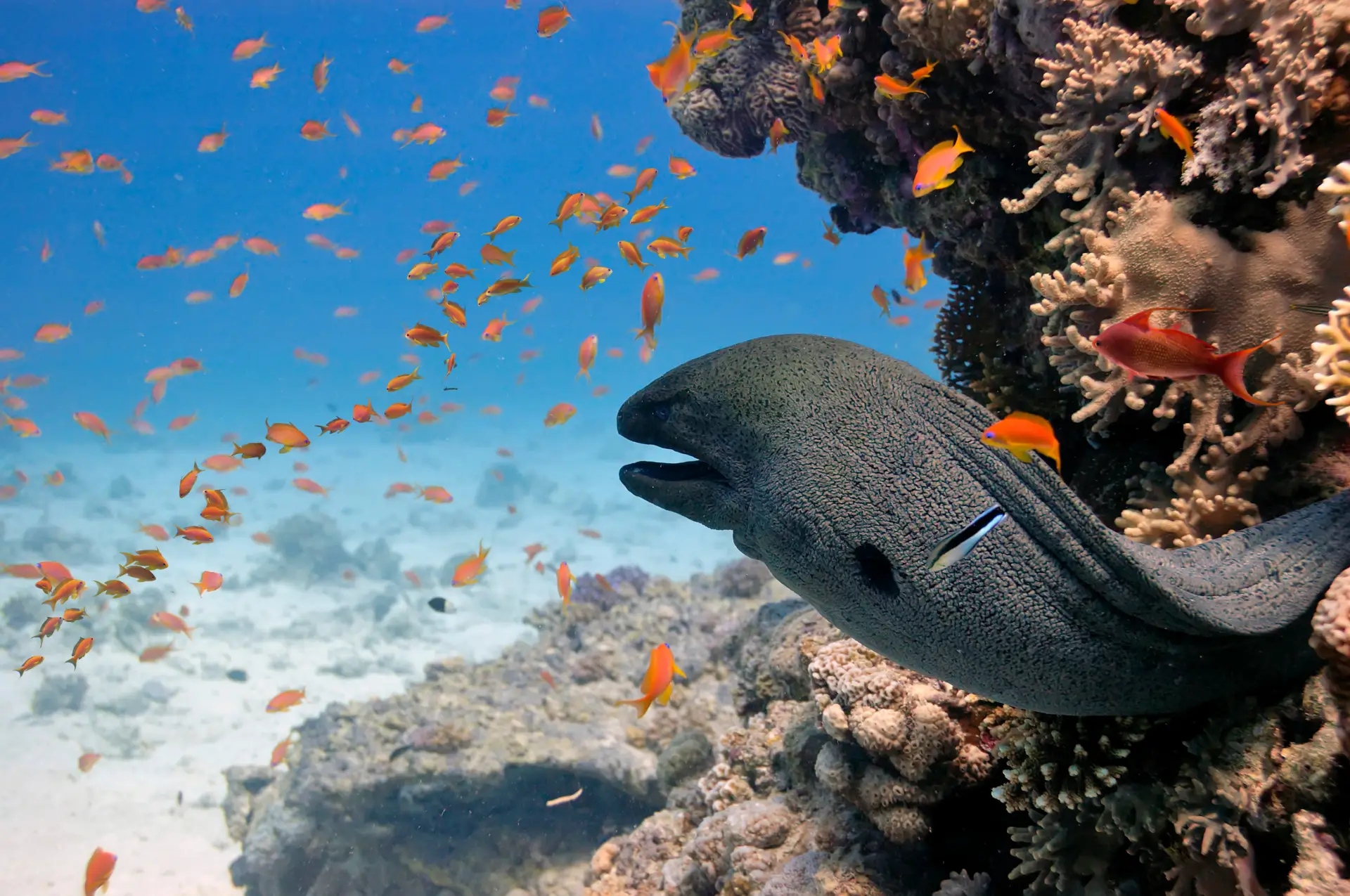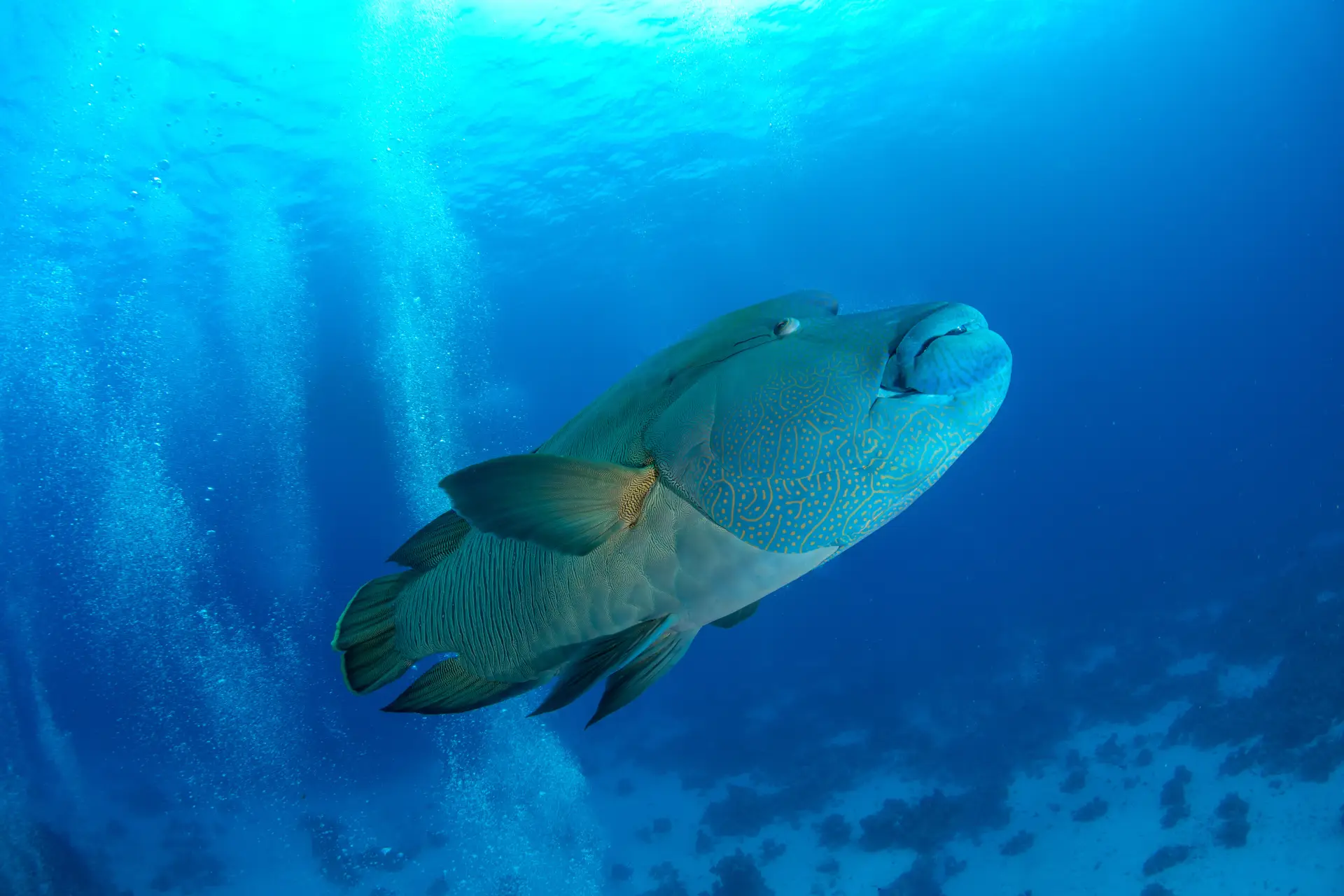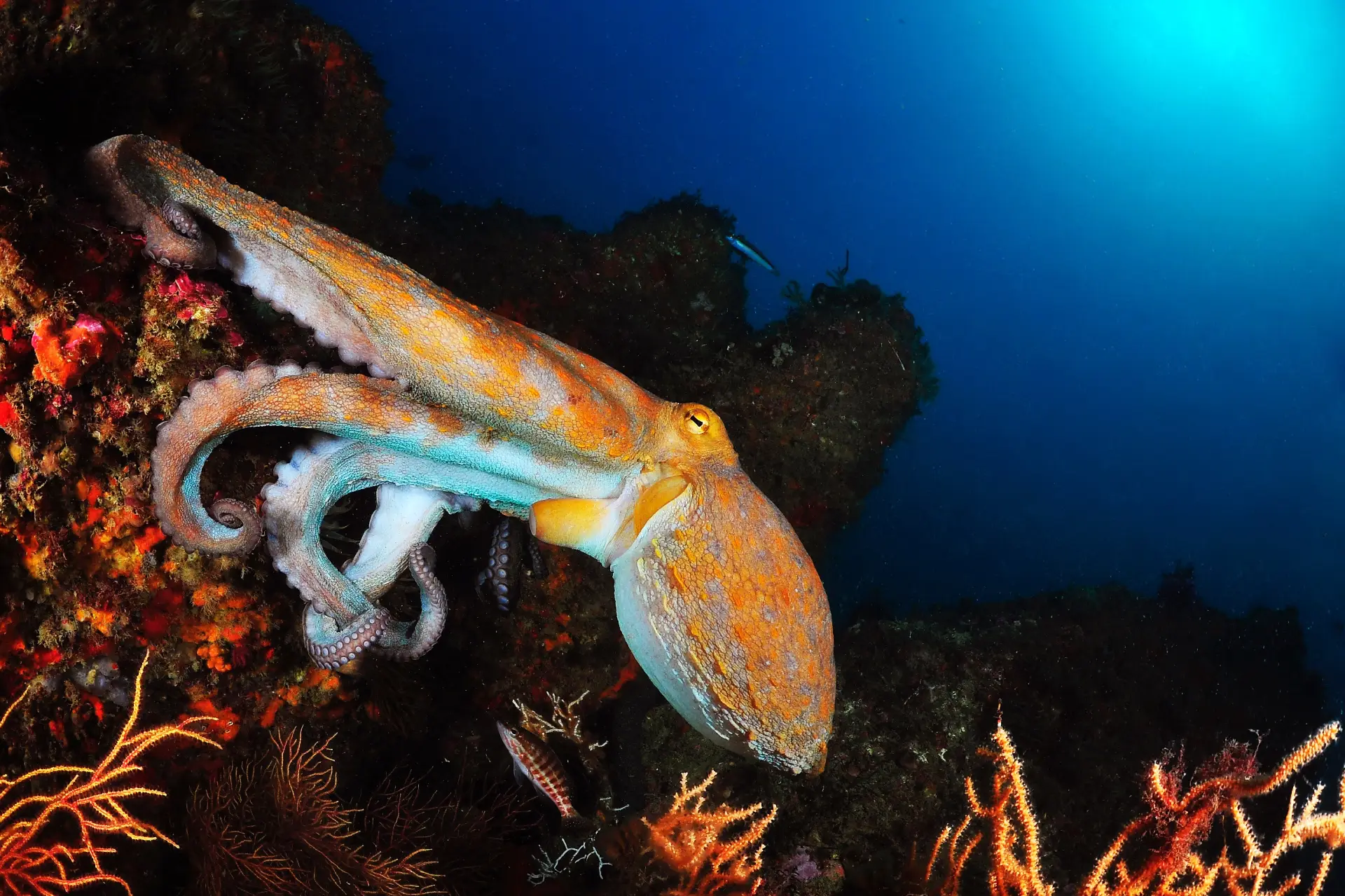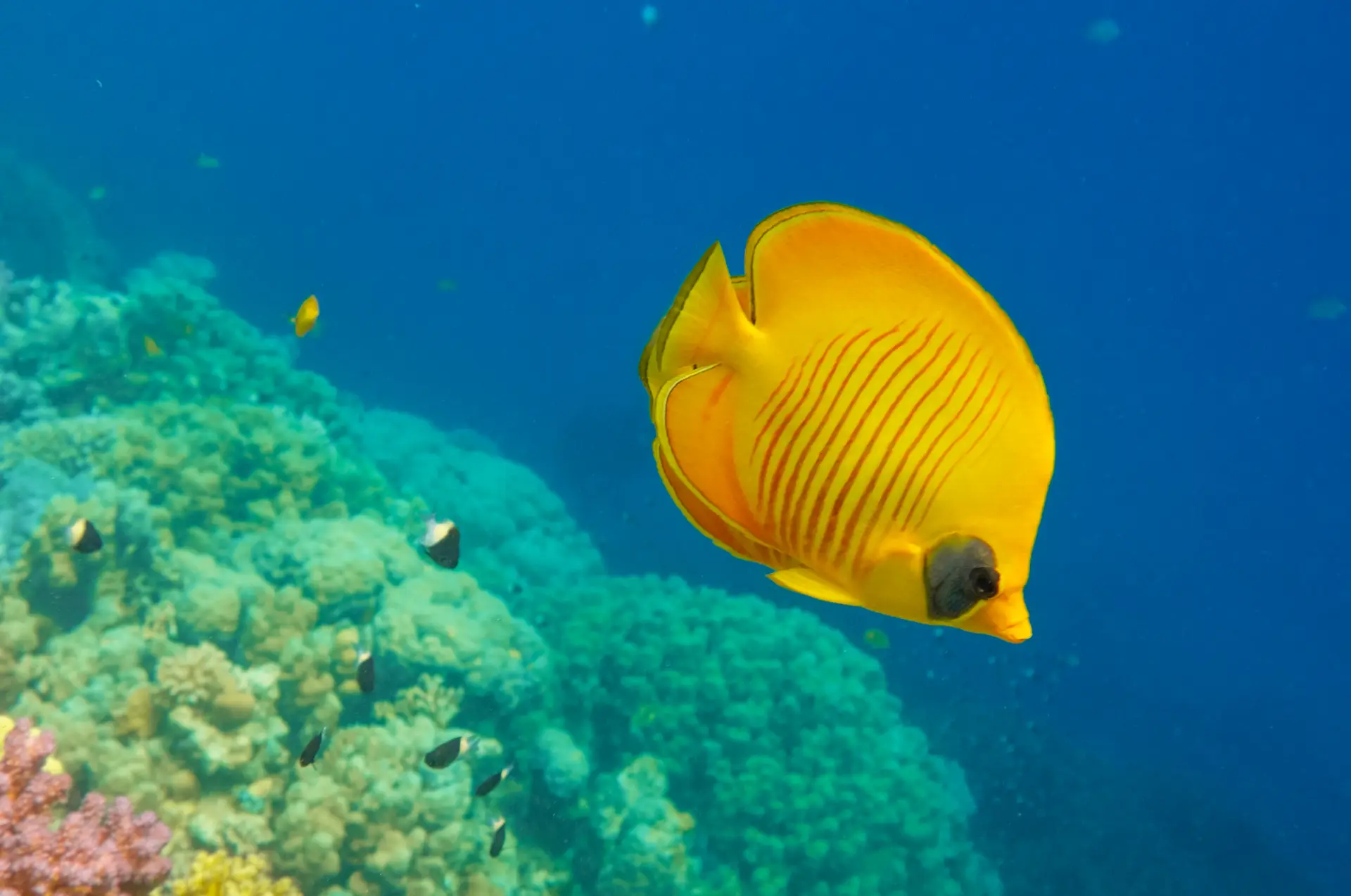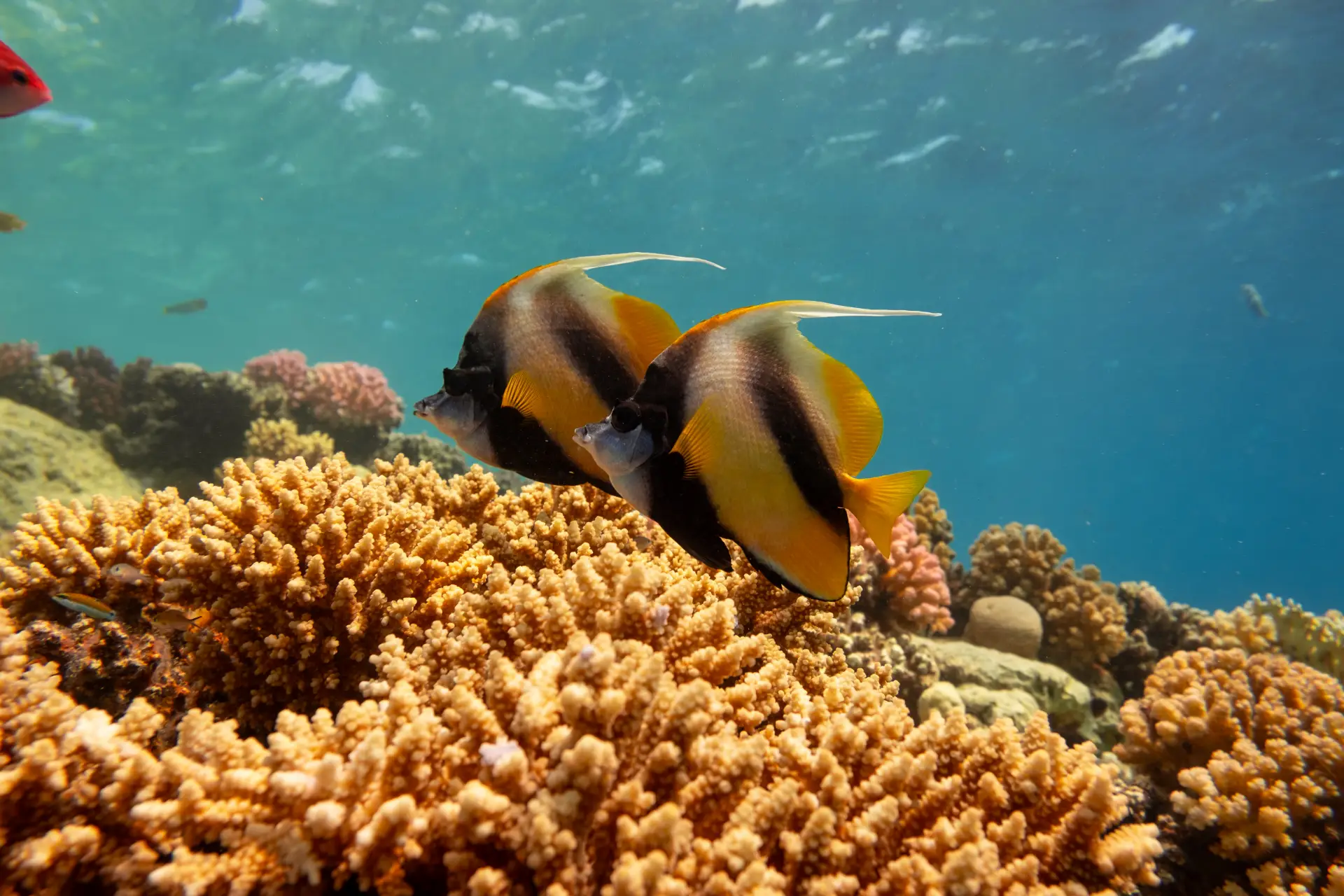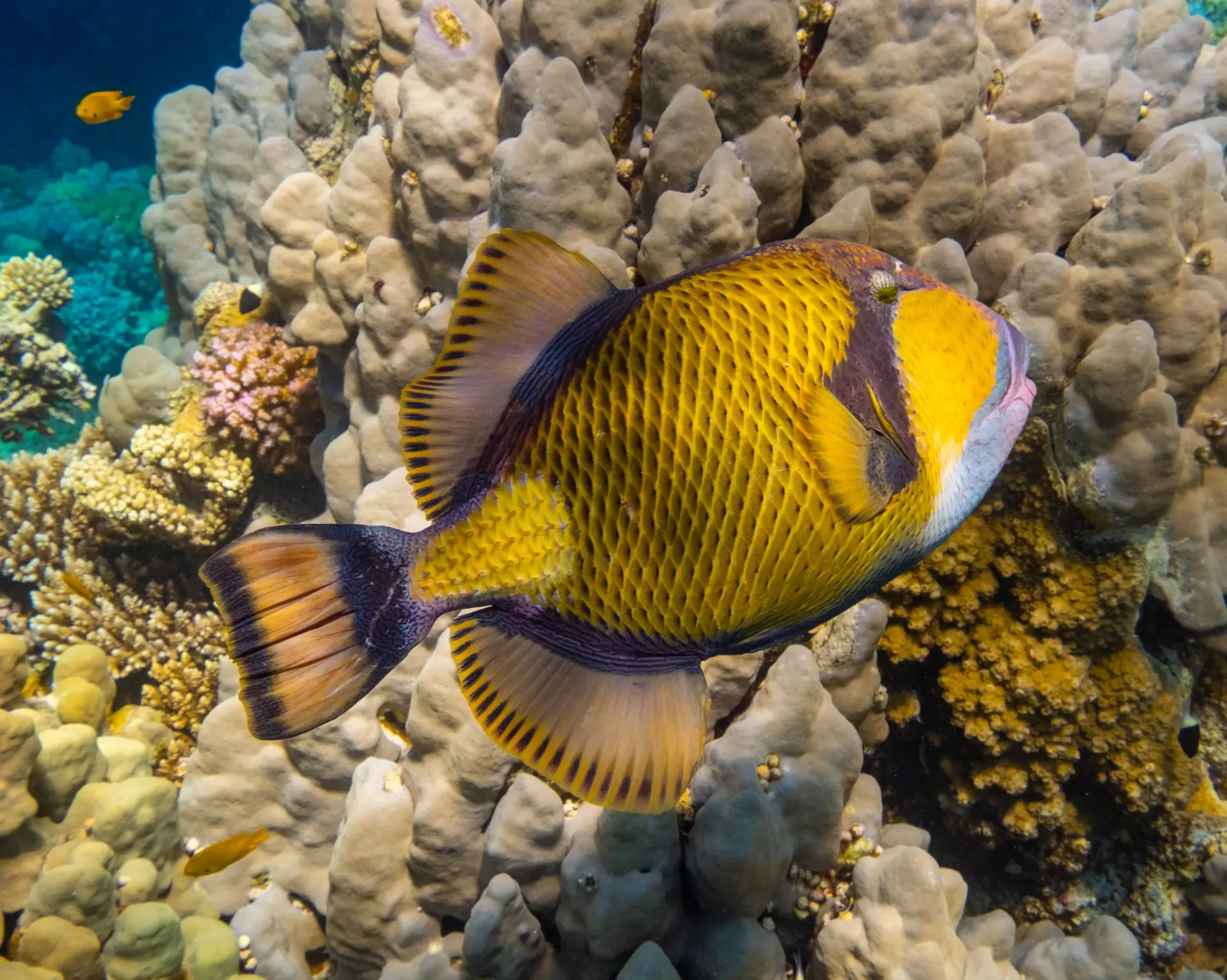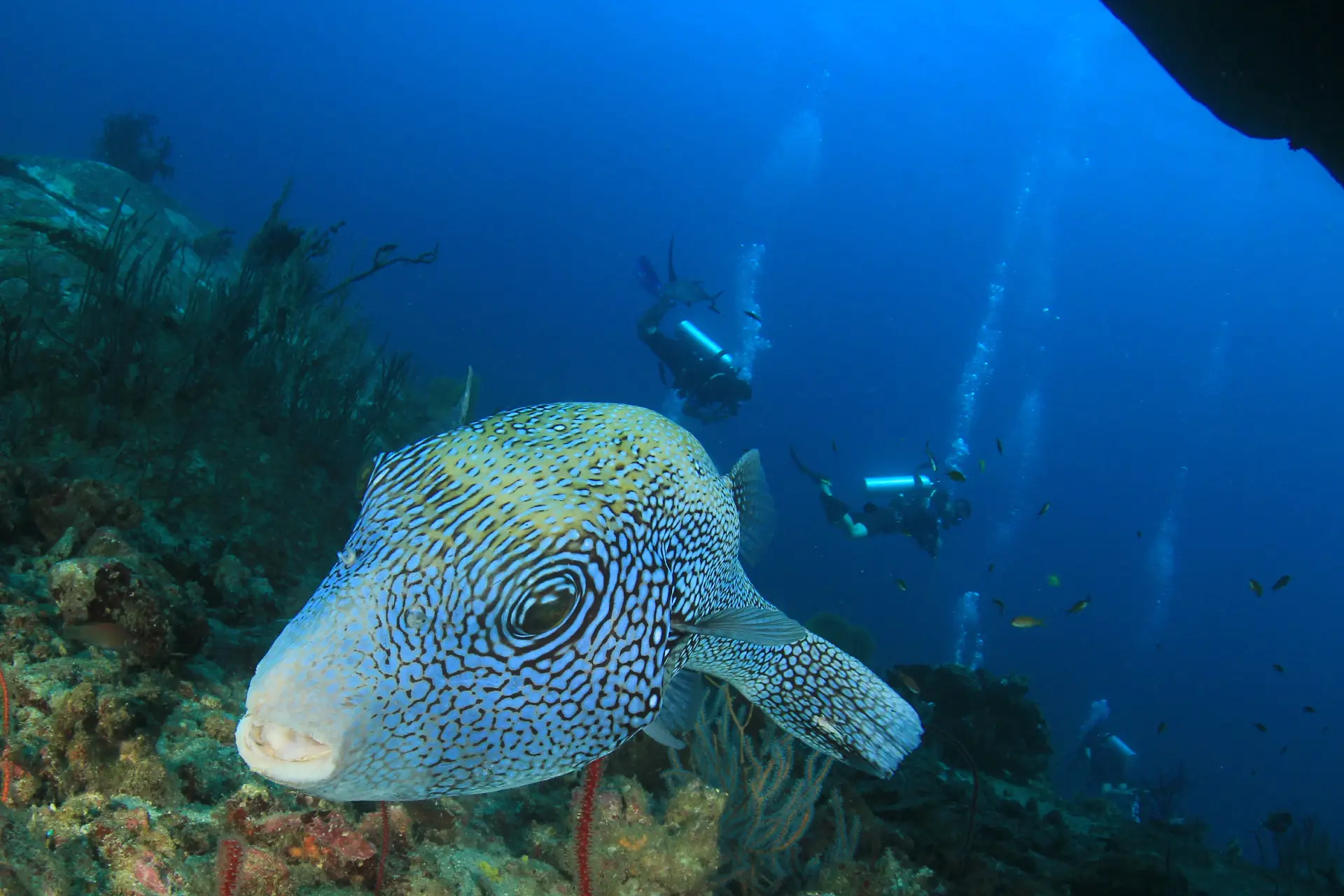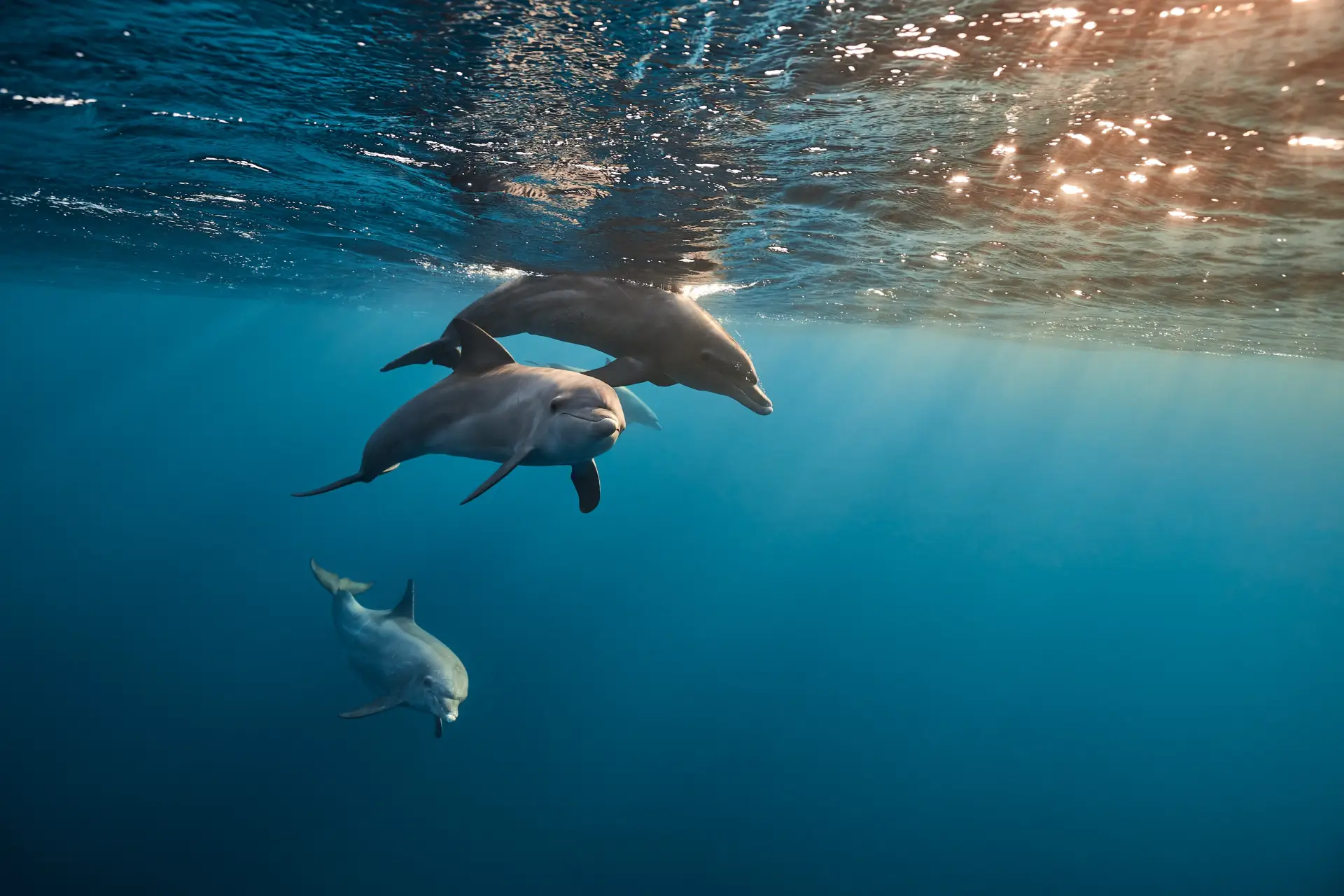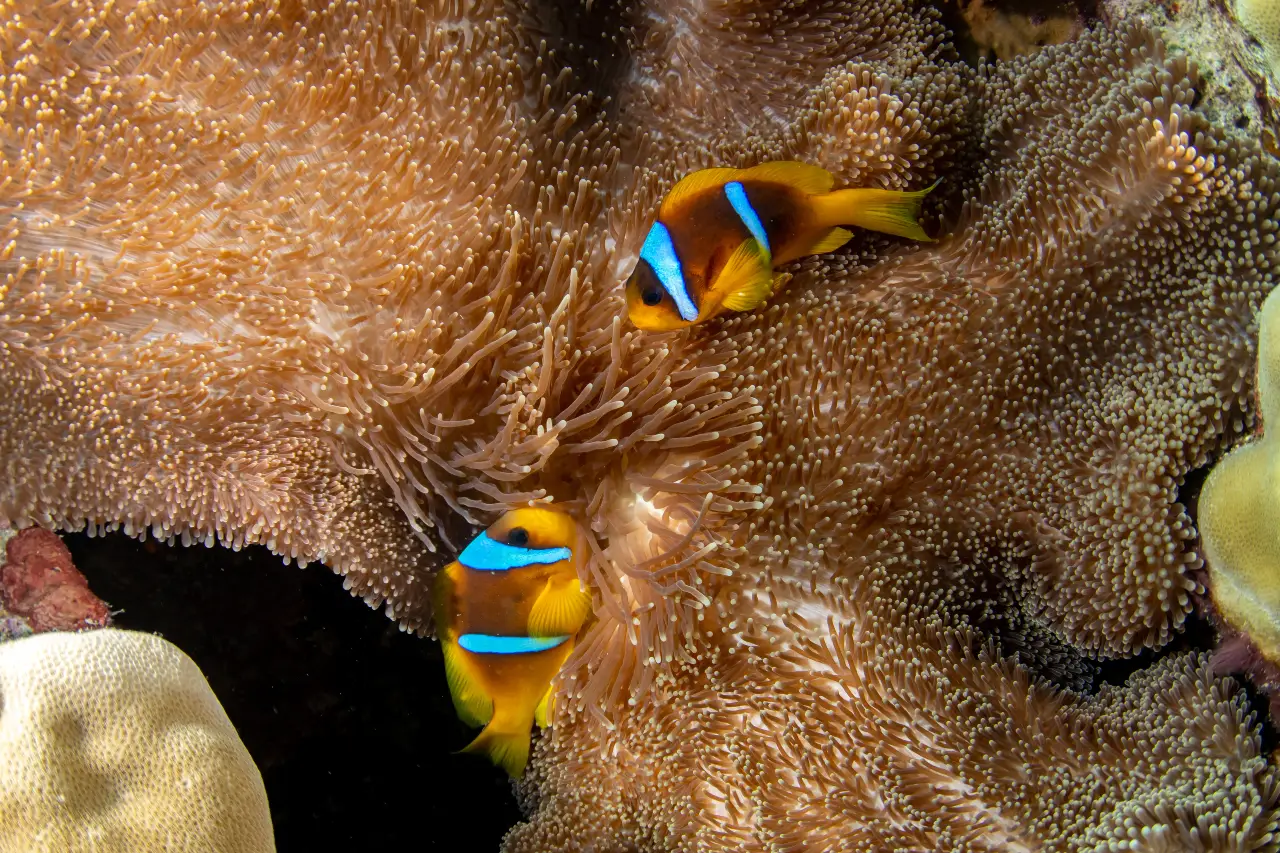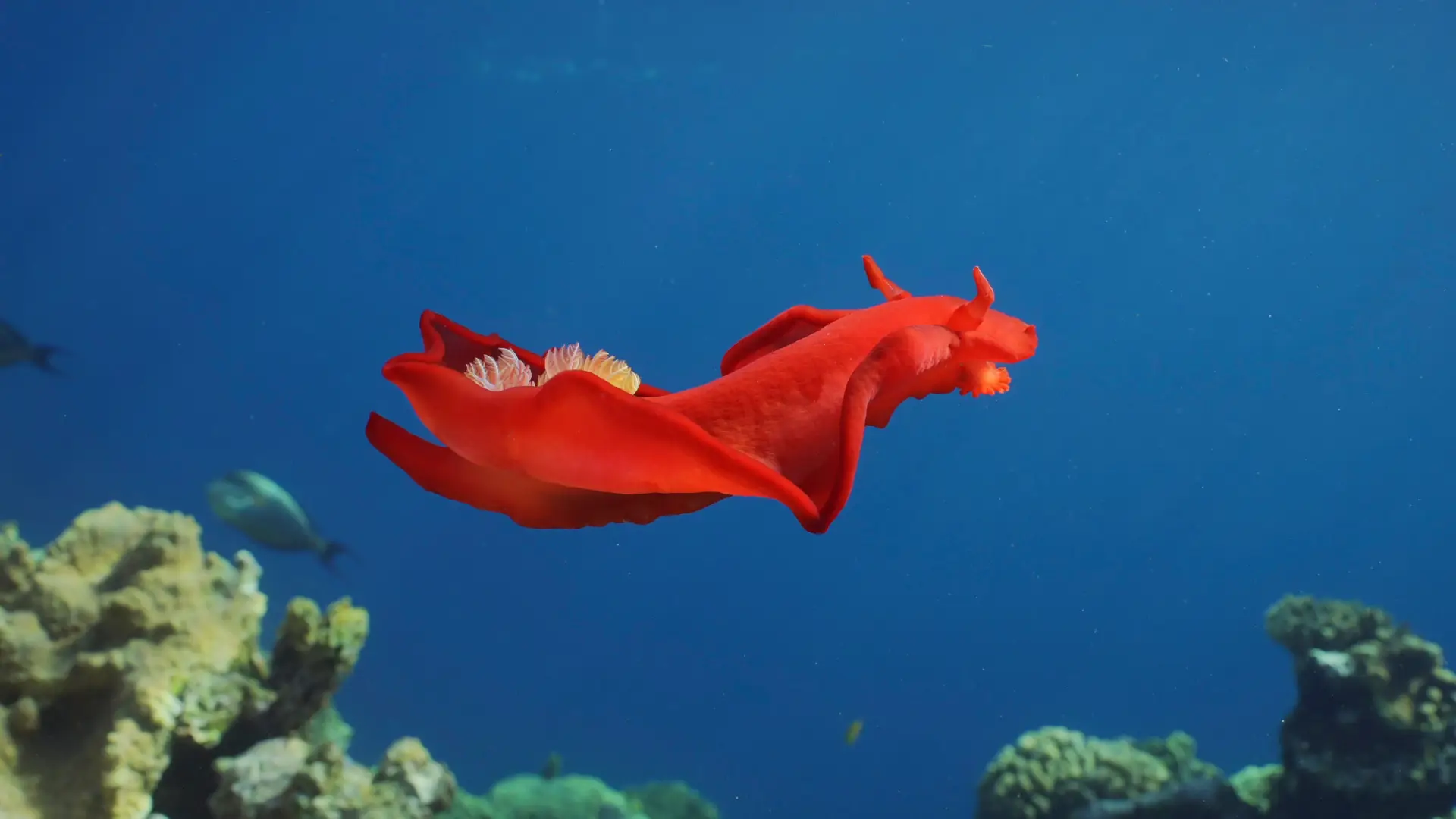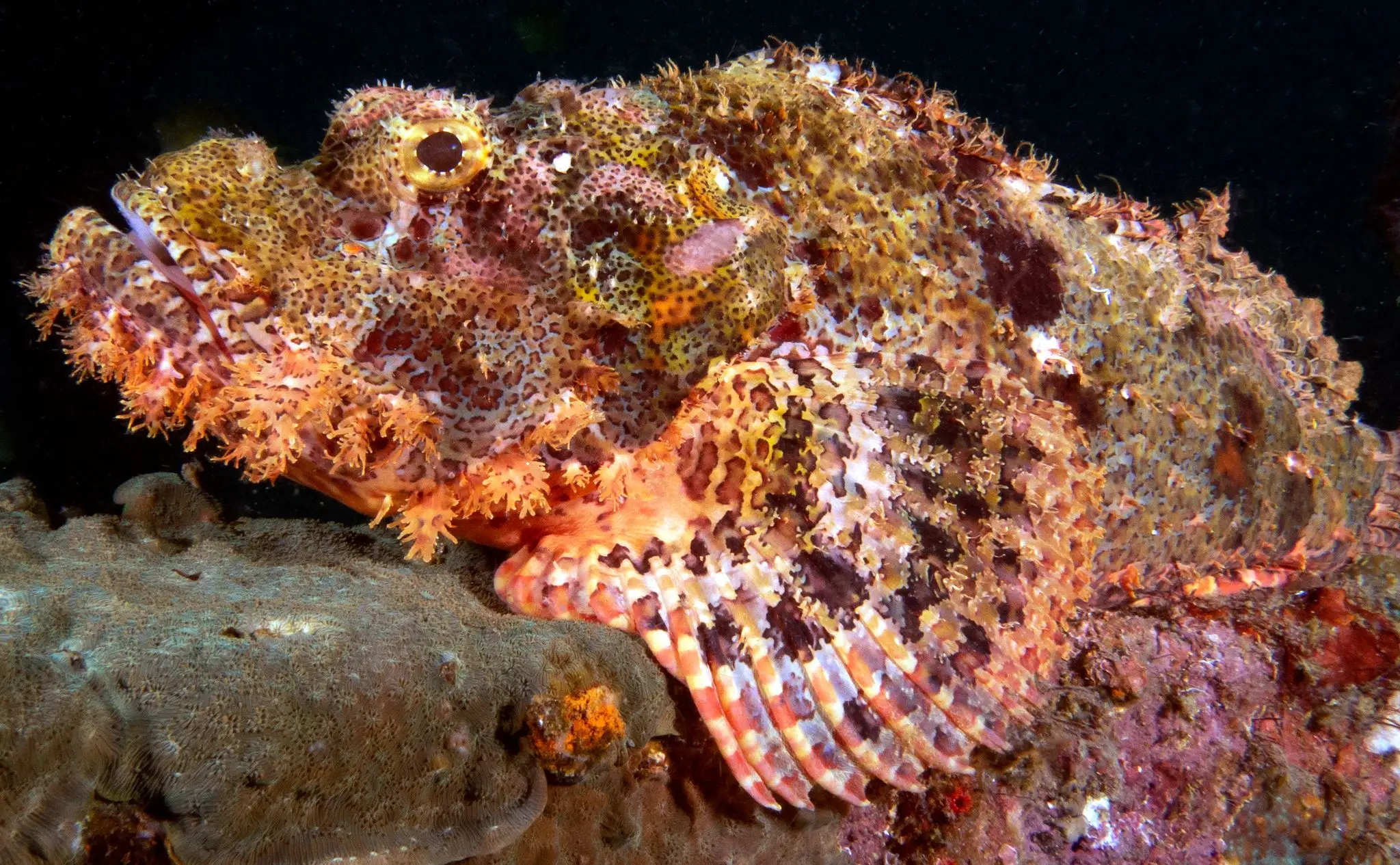The Marine Life of Hurghada: A Month-by-Month Guide
Hurghada offers diving year-round, but the marine life, water temperatures, and visibility can vary depending on the season. Some species are more active during specific times of the year, while others are resident year-round. Whether you’re a photographer, a new diver, or just want to know what to expect, this guide will help you time your trip for the marine encounters that excite you most.
January
-
Water Temperature: 22–24°C
-
Visibility: 20–30 meters
-
Weather: Air temps range from 16–22°C with light winds and little rainfall
-
Marine Life: Winter brings calm seas and excellent visibility. Batfish are commonly seen hovering under the boats at Marsa Abu Galawa. You might also encounter moray eels peeking from crevices and stingrays resting on sandy bottoms at Sachwa Abu Galawa. It’s a quieter time, great for those seeking peaceful diving and macro photography opportunities.
February
-
Water Temperature: 22–24°C
-
Visibility: 20–30 meters
-
Weather: Slightly warmer than January with daytime highs around 20–23°C
-
Marine Life: Large Napoleon wrasse become more active in open reef areas like Gota Abu Ramada. Glassfish schools shimmer around coral heads, and lionfish are especially photogenic. This is still a great month for those who prefer cooler, clearer conditions.
March
-
Water Temperature: 23–24°C
-
Visibility: 15–25 meters
-
Weather: Air temperatures begin to rise, reaching 22–26°C
-
Marine Life: Reef life starts to stir. Cleaner shrimp and gobies are active, and you may spot the elusive Spanish Dancer nudibranch during daylight at Fanadir South. Octopus are more visible now, using changing colors and textures to blend into the reef.
April
-
Water Temperature: 24–25°C
-
Visibility: 15–25 meters
-
Weather: Milder temperatures with highs around 26–30°C
-
Marine Life: Butterflyfish, parrotfish, and goatfish are common on the reef slopes, especially around Fanadir North. Wrasses begin to exhibit mating colors. Reef activity picks up, making this an excellent month for colorful reef photography.
May
-
Water Temperature: 25–26°C
-
Visibility: 15–20 meters
-
Weather: Warm and sunny with average highs of 30–32°C
-
Marine Life: Schools of anthias and bannerfish swarm the reef tops at Gota Abu Ramada. Juvenile reef fish are increasingly visible. This is also a good month to observe territorial behaviors in some species as the breeding season approaches.
June
-
Water Temperature: 26–28°C
-
Visibility: 15–20 meters
-
Weather: Air temps can reach 34–36°C with long, sunny days
-
Marine Life: Titan triggerfish begin nesting, especially in sandy areas near reef patches. Picasso triggerfish and puffers are active, and you may get a lucky sighting of a turtle around Sabrina. The reefs are full of life, but divers should be aware of increased aggression from nesting fish.
July
-
Water Temperature: 28–30°C
-
Visibility: 15–20 meters
-
Weather: Hot, often above 36°C during the day
-
Marine Life: This is peak nesting season for Titan triggerfish, so watch for warning signs and keep your distance. Fusiliers school in the blue, and anthias fill the shallows. Macro life is also active, making it a versatile month for all dive styles.
August
-
Water Temperature: 28–30°C
-
Visibility: 15–20 meters
-
Weather: Similar to July—hot, dry, and very sunny
-
Marine Life: Summer biodiversity peaks. You’ll see everything from puffers and wrasses to reef jacks and parrotfish. Small Giftun offers great drift dives this time of year. The warm waters also attract more snorkelers, so dive early to enjoy calm, uncrowded sites.
September
-
Water Temperature: 28–29°C
-
Visibility: 20–25 meters
-
Weather: Beginning to cool slightly with highs around 32–34°C
-
Marine Life: Dolphins are more frequently spotted around Fanous East and West. You might even hear them underwater. Reef sharks are rarely seen but occasionally appear during this month. Juvenile fish grow more active, and the reefs seem to sparkle in the late summer sun.
October
-
Water Temperature: 27–28°C
-
Visibility: 20–30 meters
-
Weather: Comfortable and less humid, around 28–32°C
-
Marine Life: Cleaner wrasse and shrimp stations are busy with fish lining up for their turn. Angelfish and clownfish are especially colorful, and Gota Abu Ramada’s reef is thriving. Great month for both wide-angle and macro photography.
November
-
Water Temperature: 25–27°C
-
Visibility: 20–30 meters
-
Weather: Pleasant, with highs between 26–30°C
-
Marine Life: Juvenile reef fish and coral crabs are abundant, making this a fantastic month for spotting smaller creatures. Fanadir North is ideal for patient observation dives, where everything from nudibranchs to flatworms can be found.
December
-
Water Temperature: 23–25°C
-
Visibility: 20–30 meters
-
Weather: Mild, 22–26°C during the day, cooler in the evenings
-
Marine Life: A return to winter conditions brings clearer water and the possibility of encountering stonefish and scorpionfish. These well-camouflaged species blend into rocky ledges and coral heads—be sure to look closely (but don’t touch!). Batfish and morays are also regularly seen.
Year-Round Highlights:
No matter when you dive in Hurghada, you can expect to see a vibrant mix of Red Sea staples: clownfish in their anemones, lionfish weaving through coral spires, blue-spotted stingrays on sandy slopes, and moray eels peeking from their rocky homes. With the guidance of scubadore hurghada’s expert dive team, you’ll always be pointed toward the best sightings of the season.


